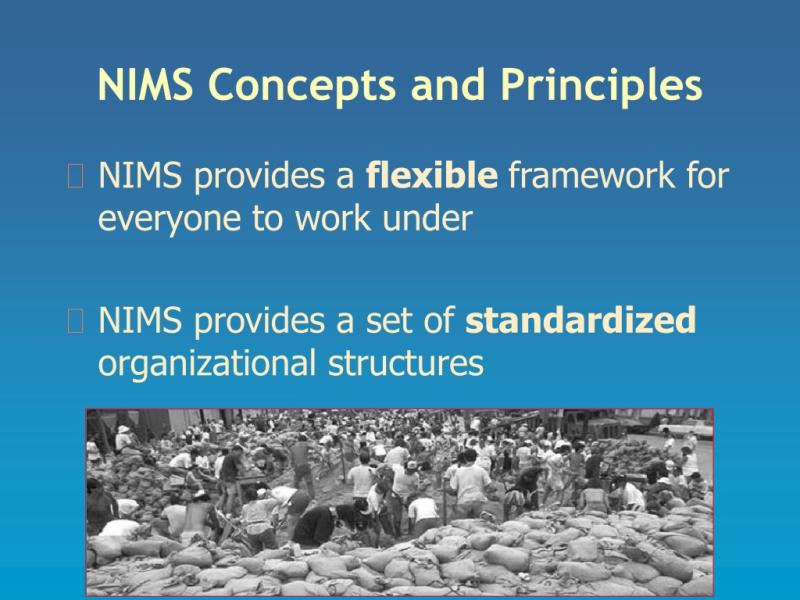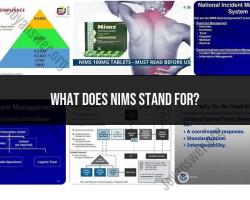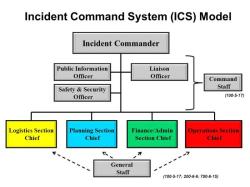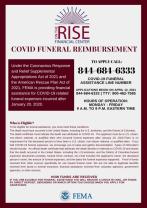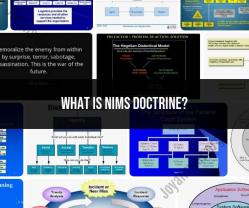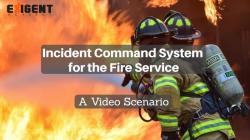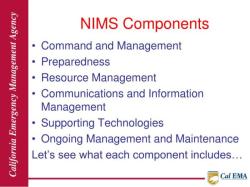What are the Nims principles forcommunities?
While the National Incident Management System (NIMS) is primarily designed for government agencies and organizations involved in emergency management and response, there are principles within NIMS that can be applied to community response efforts. The incorporation of NIMS principles at the community level helps ensure a coordinated and effective response to incidents. Some key NIMS principles applicable to communities include:
Communication: Establish clear and effective communication channels within the community, involving local authorities, emergency responders, and residents. Having a common language and communication plan helps disseminate critical information during an incident.
Unified Command: Encourage a unified approach to incident management within the community. This involves collaboration among local agencies, organizations, and community groups, ensuring that everyone is working toward common objectives.
Resource Management: Develop a system for managing community resources during incidents. This includes identifying available resources, such as volunteer groups, facilities, and supplies, and ensuring they are efficiently deployed based on the needs of the community.
Volunteer and Donations Management: Establish procedures for managing and coordinating community volunteers and donations during emergencies. This ensures that well-meaning efforts are integrated into the overall response without causing additional challenges.
Training and Exercises: Conduct training sessions and exercises within the community to familiarize residents, community leaders, and organizations with emergency response procedures. This helps improve overall preparedness and ensures a more effective response during actual incidents.
Community Engagement: Foster community engagement in emergency planning and preparedness. Involve residents in the development of emergency plans, educate them on response procedures, and encourage their active participation in community-wide drills and exercises.
Adaptability: Develop flexible and adaptable community response plans that can be scaled up or down based on the nature and scope of an incident. This includes having contingency plans for various types of emergencies.
Public Information and Warning: Establish mechanisms for disseminating accurate and timely information to the public. This includes using various communication channels, such as social media, local news outlets, and community forums, to keep residents informed and aware of the situation.
Incident Command System (ICS): Integrate an Incident Command System (ICS) structure at the community level, even if it is on a smaller scale compared to larger government agencies. This ensures a clear chain of command and efficient management of resources.
Accountability: Implement systems for tracking and documenting community response efforts. This includes keeping records of volunteer hours, resource allocations, and other critical data to improve accountability and facilitate after-action reviews.
By incorporating these NIMS principles at the community level, localities can enhance their ability to respond to emergencies and disasters effectively. This collaborative and coordinated approach helps build resilience and fosters a sense of shared responsibility within the community. Keep in mind that community-specific adaptations may be necessary based on the unique characteristics and needs of each locality.
What principles does the National Incident Management System (NIMS) outline for communities during incidents?
The National Incident Management System (NIMS) outlines six core principles that apply to communities during incidents, aiming to guide their response and recovery efforts. These principles emphasize collaboration, flexibility, and efficient resource allocation to ensure the safety and well-being of all individuals involved.
1. Unified Command: This principle establishes a single, designated Incident Commander who oversees all response activities, regardless of the responding agency or organization. This ensures clear decision-making and prevents conflicting directives. Communities benefit from having a central point of contact and coordinated response actions.
2. Common Terminology: NIMS promotes the use of standardized terms and phrases across different agencies and disciplines. This eliminates confusion and facilitates effective communication during critical times, ensuring everyone involved understands the situation and their roles.
3. Scalability: The system is designed to adapt to incidents of varying sizes and complexities. Communities can scale up or down their response efforts based on the specific needs of the situation, efficiently allocating resources and personnel.
4. Resource Management: NIMS emphasizes the efficient and coordinated use of resources, including personnel, equipment, and supplies. This ensures that resources are directed to where they are most needed, minimizing waste and maximizing effectiveness. Communities can benefit from a centralized system for tracking and deploying resources to support their needs.
5. Flexibility: The framework recognizes that situations and environments can change rapidly. It allows for adaptation and improvisation based on the specific circumstances of the incident, empowering communities to respond creatively and effectively to unforeseen challenges.
6. Continuous Improvement: NIMS encourages ongoing learning and improvement through after-action reviews and training programs. This ensures that communities can identify areas for improvement and refine their response plans for future incidents, leading to more effective and efficient future responses.
By adhering to these principles, communities can build resilience, enhance their preparedness, and facilitate coordinated and effective responses to incidents of all kinds. NIMS provides a valuable framework for collaboration and resource allocation, ultimately contributing to the safety and well-being of all individuals involved.
